Physical Address
304 North Cardinal St.
Dorchester Center, MA 02124
Physical Address
304 North Cardinal St.
Dorchester Center, MA 02124
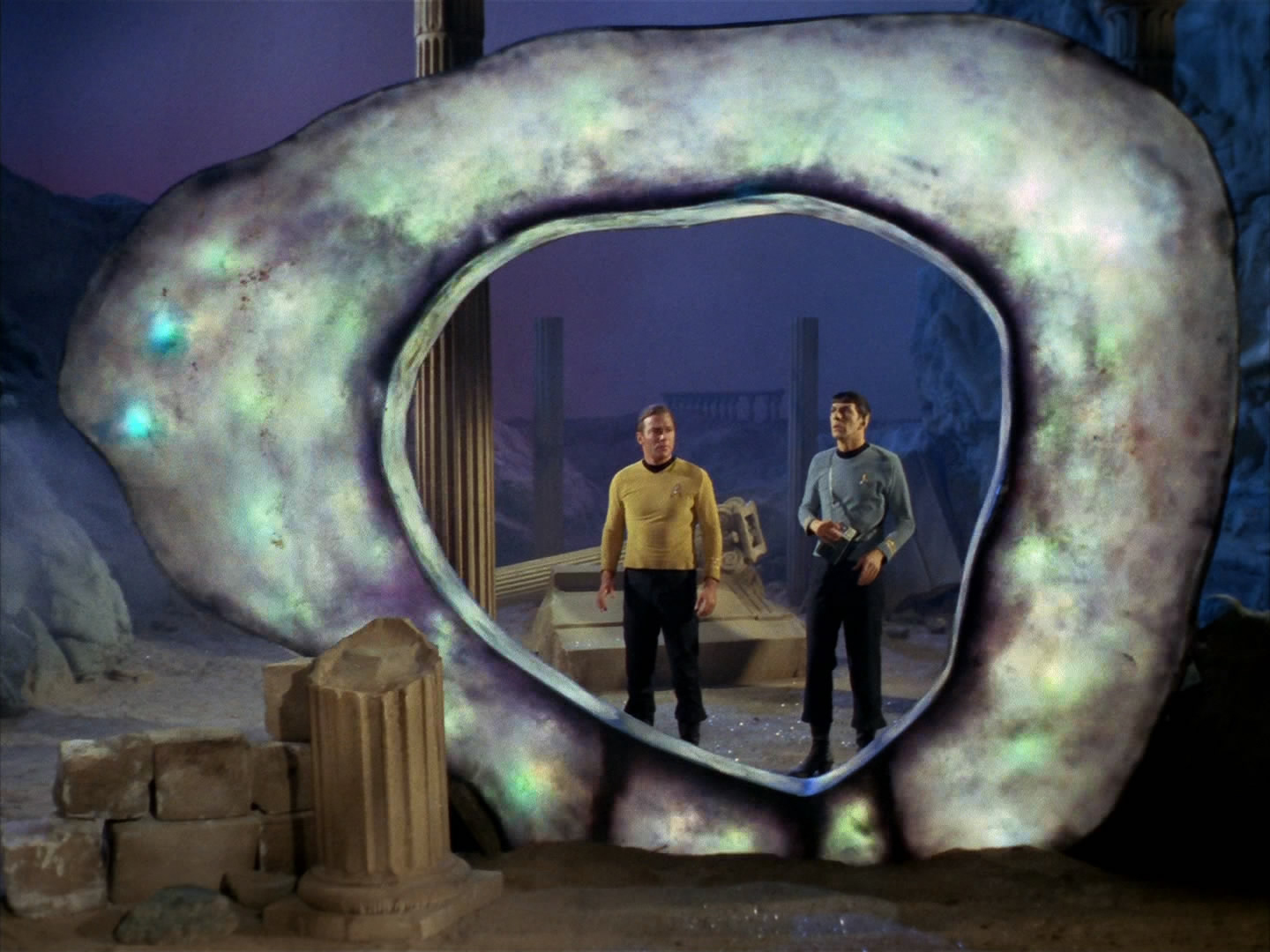
The City on the Edge of Forever stands as one of the most beloved and influential episodes of Star Trek: The Original Series. First aired in 1967, this iconic episode takes viewers on a poignant journey through time, blending science fiction with powerful moral dilemmas. Featuring a talented cast and a celebrated script, the story explores themes of sacrifice, love, and destiny. Over the years, The City on the Edge of Forever has inspired adaptations, sparked references in popular culture such as South Park, and led to fascinating discussions about its original ending. Dive deeper into this unforgettable adventure and its enduring legacy within the Star Trek universe.
“The City on the Edge of Forever” is one of the most beloved and critically acclaimed episodes of the original Star Trek series, first aired in 1967. The story kicks off when Dr. McCoy, under the influence of a powerful drug, accidentally jumps through a mysterious time portal called the Guardian of Forever, which leads him to 1930s New York during the Great Depression. His actions there unintentionally alter history, causing the disappearance of the USS Enterprise and threatening the entire timeline. Captain Kirk and Spock follow him back in time to fix the damage and restore the future.
What makes this episode stand out is its blend of science fiction with deep emotional and ethical dilemmas. Kirk falls in love with Edith Keeler, a woman whose fate is tied to the altered timeline, forcing him to make a heartbreaking choice between love and the greater good. The episode is praised for its strong writing by Harlan Ellison, its thoughtful exploration of time travel consequences, and its memorable characters. The Guardian of Forever itself is a fascinating, almost sentient portal that adds a mystical element to the story. Overall, it’s a powerful mix of adventure, romance, and tragedy that remains a high point in Star Trek history.
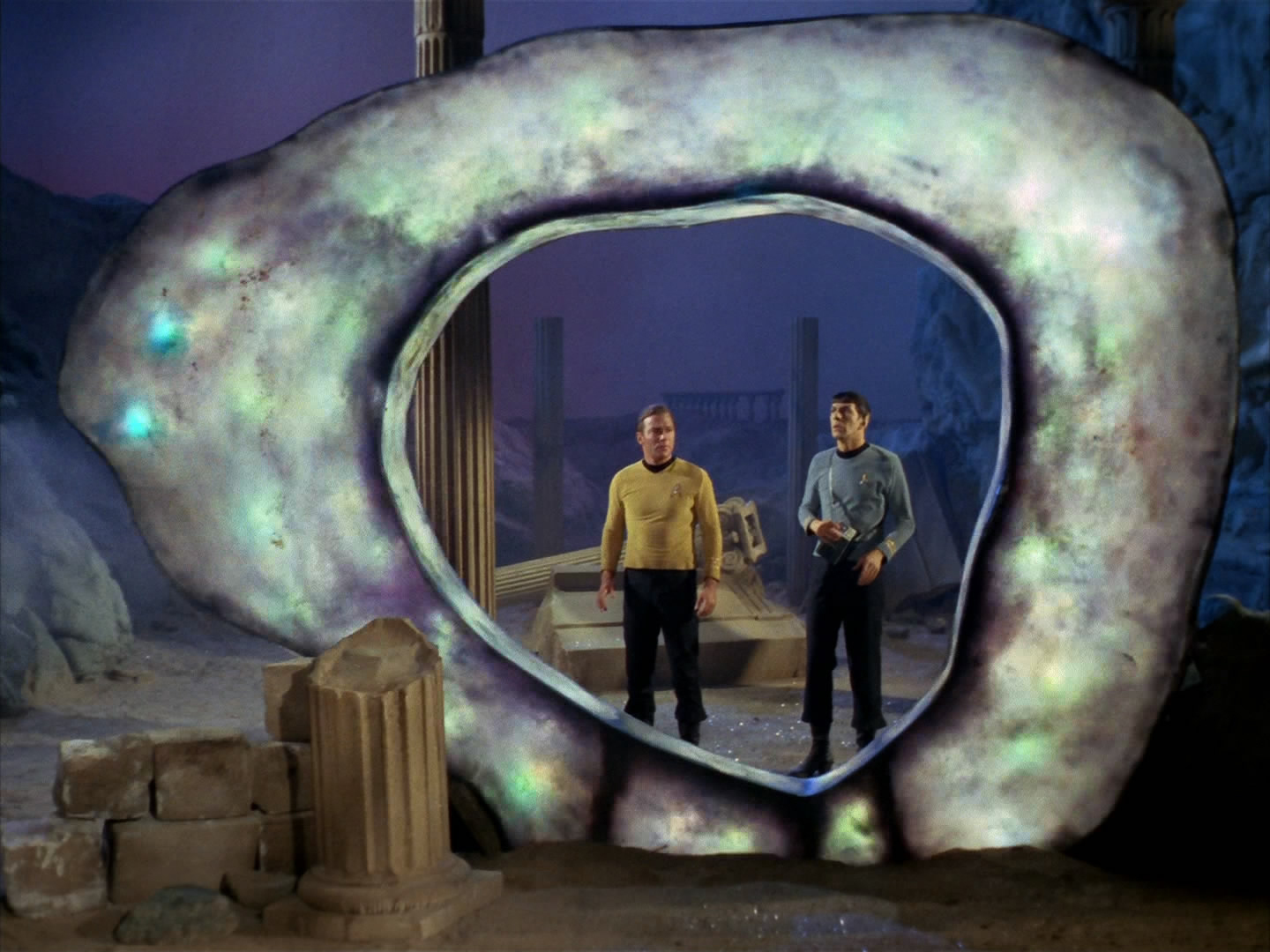
The cast of The City on the Edge of Forever, one of the most beloved episodes of the original Star Trek series, features some of the franchise’s most iconic actors. William Shatner stars as Captain James T. Kirk, leading the mission to correct a time-altering mistake. Leonard Nimoy plays the logical and ever-composed Mr. Spock, Kirk’s trusted science officer. DeForest Kelley appears as Dr. Leonard McCoy, whose accidental overdose triggers the episode’s dramatic events. Joan Collins guest stars memorably as Sister Edith Keeler, a compassionate woman from 1930s New York who becomes central to the story’s emotional core.
Supporting the main cast are James Doohan as Scotty, George Takei as Sulu, and Nichelle Nichols as Uhura, rounding out the Enterprise crew. The episode also includes smaller roles like John Harmon as Rodent and Hal Baylor as a policeman, adding depth to the Depression-era setting. Directed by Joseph Pevney and written by Harlan Ellison, this episode is celebrated not only for its story but also for the strong performances that bring these characters to life, making it a standout in Star Trek history.
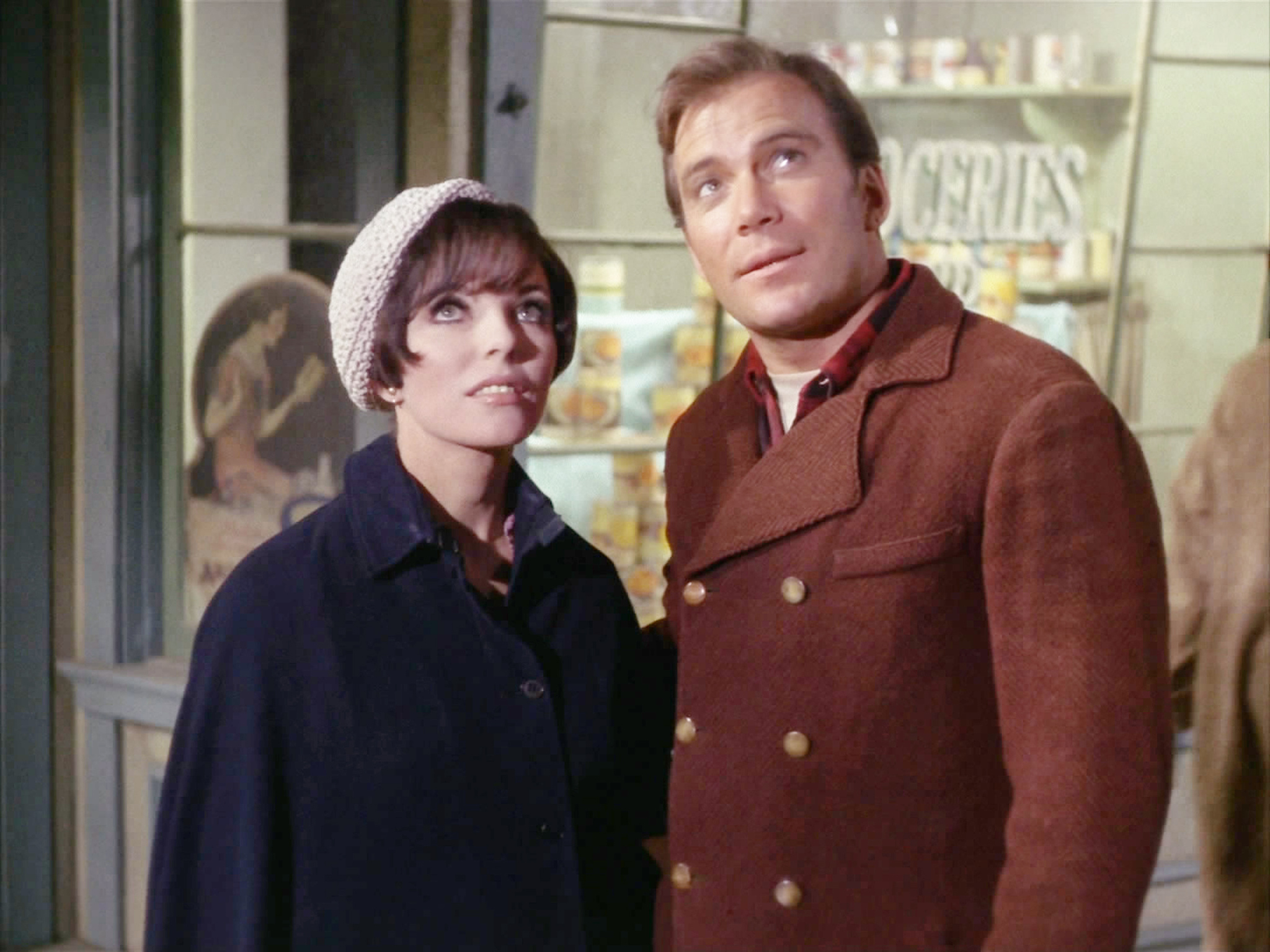
“The City on the Edge of Forever” is one of the most beloved episodes of the original Star Trek series, famous for its powerful story and emotional depth. It starts with Dr. McCoy accidentally injecting himself with a dangerous drug, which drives him mad and causes him to jump through a mysterious time portal called the Guardian of Forever. This portal lets the crew travel anywhere in Earth’s past. When McCoy changes history, the USS Enterprise disappears, and Captain Kirk and Spock must follow him back to 1930s New York during the Great Depression to fix the timeline.
The episode is especially memorable because Kirk faces a heartbreaking choice: to restore the future, he must let go of a woman he loves who plays a key role in the altered past. This sacrifice shows Kirk’s strength and the heavy burden of command. Spock’s logical mind and loyalty shine as he supports Kirk through this painful mission. The Guardian itself is a fascinating character—an ancient, sentient gateway that offers glimpses of history and challenges the crew with riddles. Overall, this episode blends sci-fi adventure with deep human drama, making it a standout in Star Trek history.
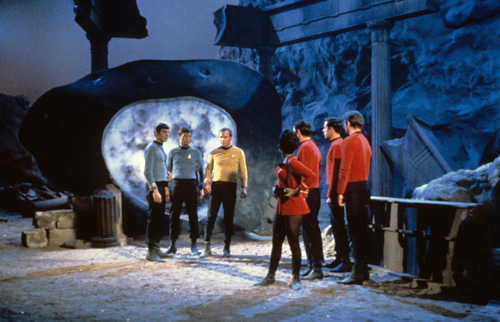
The script for The City on the Edge of Forever is a fascinating piece of science fiction history, originally written by Harlan Ellison. It tells the story of the USS Enterprise crew encountering a mysterious portal called the Guardian of Forever, which allows them to travel through time. The plot kicks off when Dr. McCoy, accidentally overdosing on a drug, jumps through the portal and changes history, forcing Captain Kirk and Spock to follow him into the past to fix the timeline.
Ellison’s script is known for its rich, evocative prose and imaginative world-building, especially in how it portrays the Guardians and the time vortex. His vision was so vivid that it sometimes felt challenging to translate fully onto the limited special effects of 1960s television. The script also delves deep into character interactions, particularly between Kirk and Spock, highlighting a complex, sometimes distant relationship that only softens near the story’s end.
This script has been celebrated not only as a classic Star Trek episode but also as a significant work of speculative fiction, blending emotional depth with thrilling time-travel adventure. It has even been published as a comic series, showing its lasting impact beyond the original TV screen.
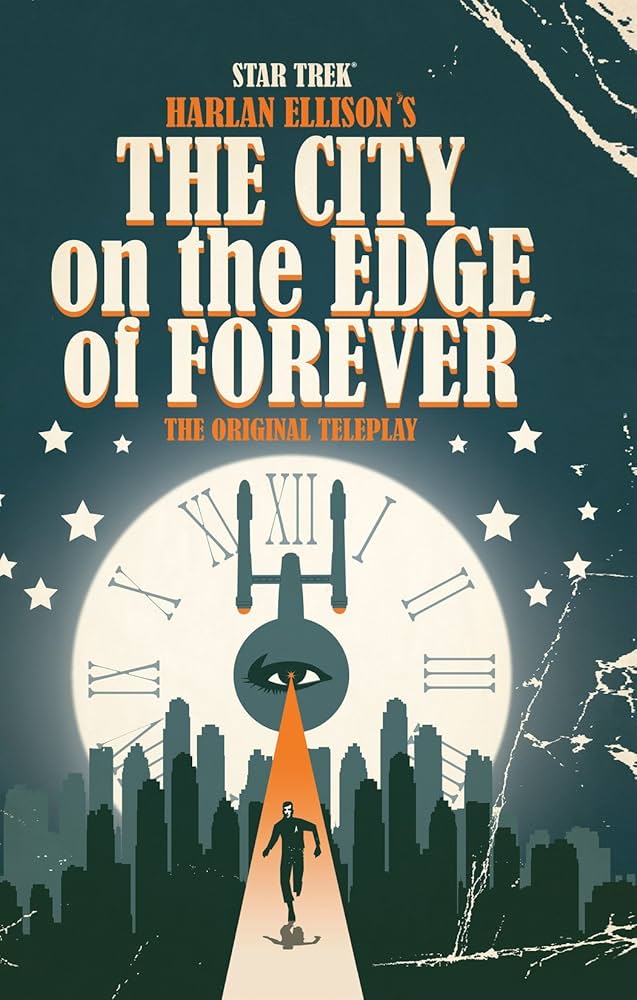
If you’re diving into Star Trek: The Original Series, “The City on the Edge of Forever” is an absolute must-watch episode. It starts with a wild twist: Dr. McCoy accidentally overdoses on a powerful drug, goes mad, and jumps through a mysterious time portal called the Guardian of Forever, landing in 1930s New York. Kirk and Spock follow him to fix the timeline, but things get complicated when Kirk falls for Edith Keeler, a compassionate woman whose fate is tied to the future of the world.
The episode brilliantly blends sci-fi with deep emotional drama. Kirk faces a heartbreaking choice—he must let Edith die to preserve history and prevent a disastrous alternate future where World War II’s outcome changes. The story explores themes of love, sacrifice, and destiny with powerful performances from William Shatner, Leonard Nimoy, and Joan Collins as Edith.
Beyond its thrilling plot, this episode is celebrated as one of the best in the series, showcasing how Star Trek can mix imaginative science fiction with profound human stories. It’s a timeless classic that still resonates today.
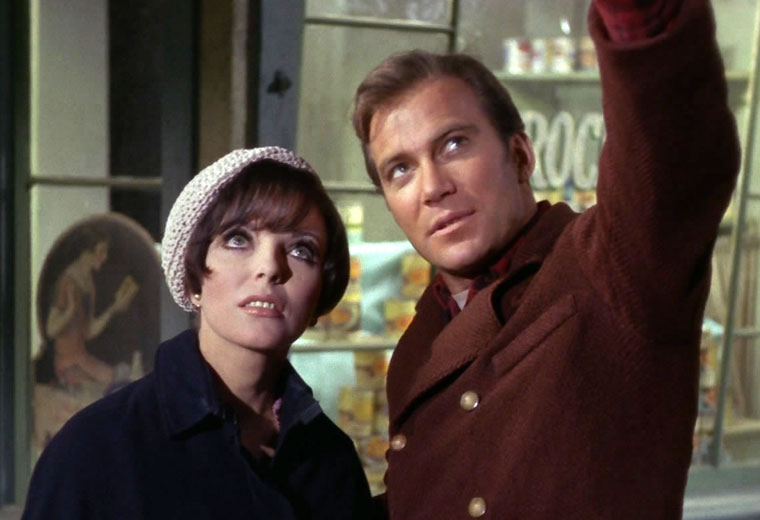
“The City on the Edge of Forever” is widely regarded as one of the best episodes of the original Star Trek series. It tells a gripping time-travel story where Dr. McCoy, accidentally overdosed on a powerful drug, becomes paranoid and jumps through a mysterious time portal called the Guardian of Forever, landing in 1930s New York during the Great Depression. His actions unintentionally alter history, causing the Enterprise to vanish from existence. Captain Kirk and Spock follow him back in time to fix the timeline.
While in the past, Kirk falls in love with Edith Keeler, a kind-hearted woman whose pacifist movement, if allowed to succeed, would delay the U.S. entry into World War II and lead to a Nazi victory. The heartbreaking dilemma forces Kirk to let Edith die to restore history. The episode blends science fiction with deep emotional and moral questions, showcasing strong performances from William Shatner, Leonard Nimoy, and DeForest Kelley. Its mix of romance, tragedy, and time travel has made it a timeless classic, praised for its storytelling and social relevance.
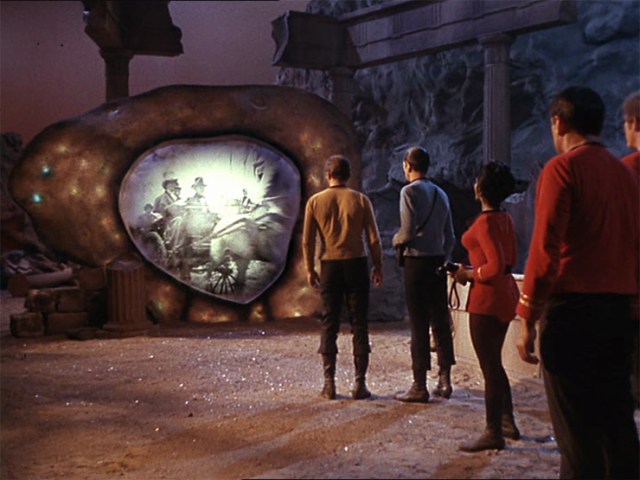
The graphic novel City on the Edge of Forever is a beautifully crafted adaptation of Harlan Ellison’s original Star Trek teleplay, brought to life by writers Scott and David Tipton and artist J.K. Woodward. It stays true to the core story where Captain Kirk and Spock travel back to Depression-era New York to fix a timeline disrupted by Dr. McCoy’s accidental interference. What makes this graphic novel special is its deeper, more lyrical take on the narrative, enriching the emotional and surreal aspects of the story, especially the depiction of the mysterious “city on the edge of forever” itself. The artwork by Woodward adds a vivid, atmospheric quality that complements the story’s blend of science fiction and historical drama. Fans appreciate how the adaptation captures the complexity of Kirk’s tragic romance with Edith Keeler while expanding on the original’s themes with more nuance and detail. It’s a thoughtful, engaging read that honors Ellison’s vision while offering fresh layers for both longtime Star Trek fans and newcomers alike.
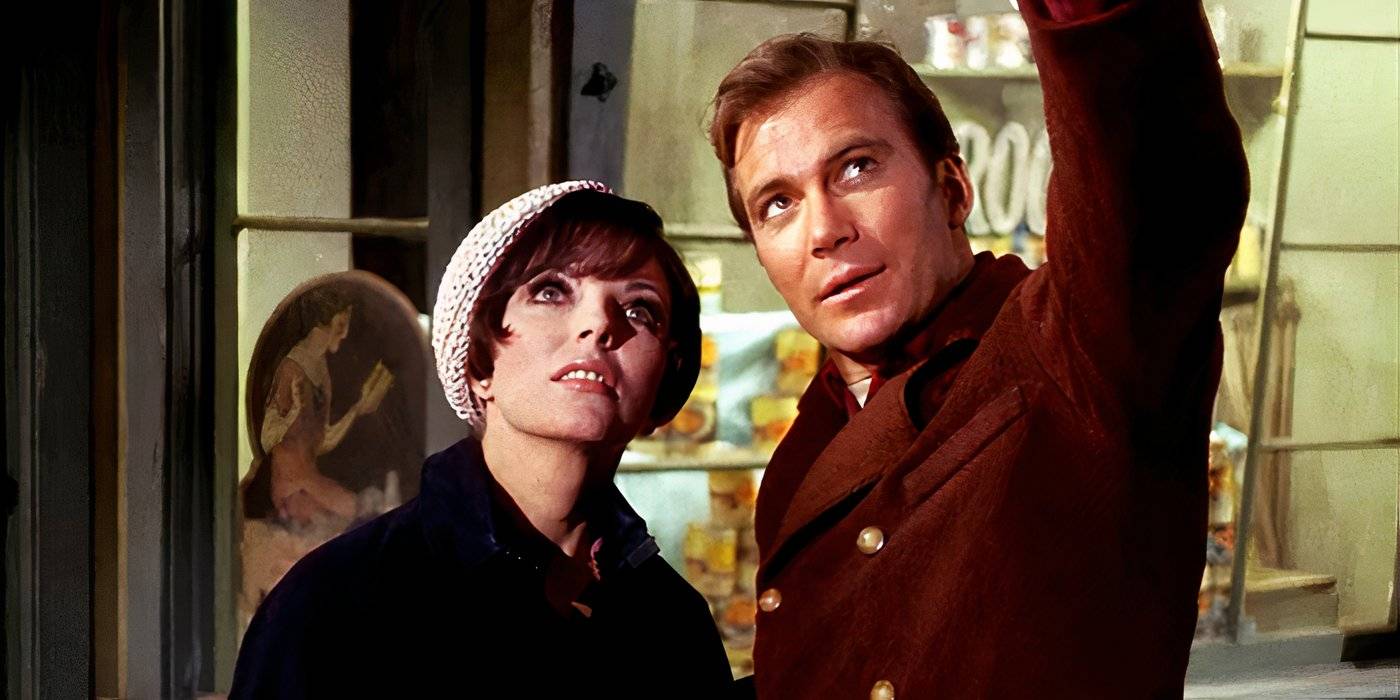
The original ending of Star Trek’s “The City on the Edge of Forever,” written by Harlan Ellison, was quite different from the version that eventually aired. In Ellison’s draft, Captain Kirk was about to save Edith Keeler, the woman he fell in love with in the past, even though doing so would doom the future of humanity. Spock intervened with cold logic to stop Kirk, preserving the timeline. This ending emphasized a tragic love so powerful that Kirk was willing to risk the apocalypse for it, adding a deeper emotional layer to the story.
However, the final televised version changed this to Kirk making the painful but necessary choice to let Edith die, restoring history and the future. This change was partly due to budget constraints and creative rewrites by Gene Roddenberry and others, who felt Ellison’s original was too dark and complex for the show’s tone. Despite Ellison’s disappointment, the aired episode remains one of Star Trek’s most acclaimed, praised for its tragic ending and emotional impact, even if it lost some of the original script’s nuance.
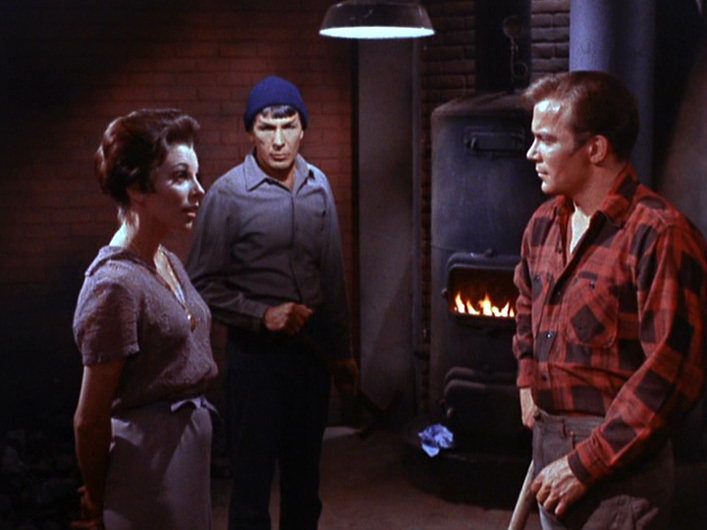
“City on the Edge of Forever” is a memorable episode from the second season of South Park, originally airing in 1998. The story kicks off when the South Park Elementary school bus crashes and ends up hanging precariously off the edge of a cliff. While the kids wait nervously on the bus, their teacher, Ms. Crabtree, leaves to get help but quickly gets distracted by a truck driver and pursues a stand-up comedy career instead.
To pass the time, the boys start reminiscing about past adventures and funny moments, which leads to a series of flashbacks filled with the show’s signature humor and absurdity. The episode cleverly mixes surreal elements, like a monster attacking the bus and references to pop culture, including a nod to Happy Days. It ends with the kids waking up, revealing much of the story was a dream, adding a playful twist to the suspenseful setup. This episode is a great example of South Park’s unique blend of dark comedy and social satire, making it a fan favorite from the early years of the series.
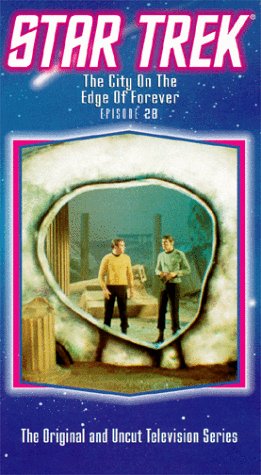
“Amok Time” is a classic episode from the original Star Trek series that dives deep into Vulcan culture, especially the intense biological and emotional challenge called Pon Farr. Every seven years, Vulcans like Spock must return to their home planet to engage in a ritual mating process or face death. In this episode, Spock suddenly becomes erratic and insists on going to Vulcan, revealing the life-or-death urgency of Pon Farr. The story unfolds with Spock confronting his betrothed, T’Pring, who shockingly chooses Captain Kirk as her champion in a deadly ritual combat. The fight between Kirk and Spock is iconic, showcasing both physical and emotional stakes, and it’s one of the rare moments where Spock’s usually calm demeanor breaks dramatically. Beyond the action, the episode explores themes of friendship, loyalty, and cultural tradition, especially through Spock’s complex relationship with Kirk. Despite the harsh Vulcan customs, Spock’s bond with Kirk ultimately transcends the ritual, highlighting the strength of their friendship and Spock’s internal struggle between logic and emotion.
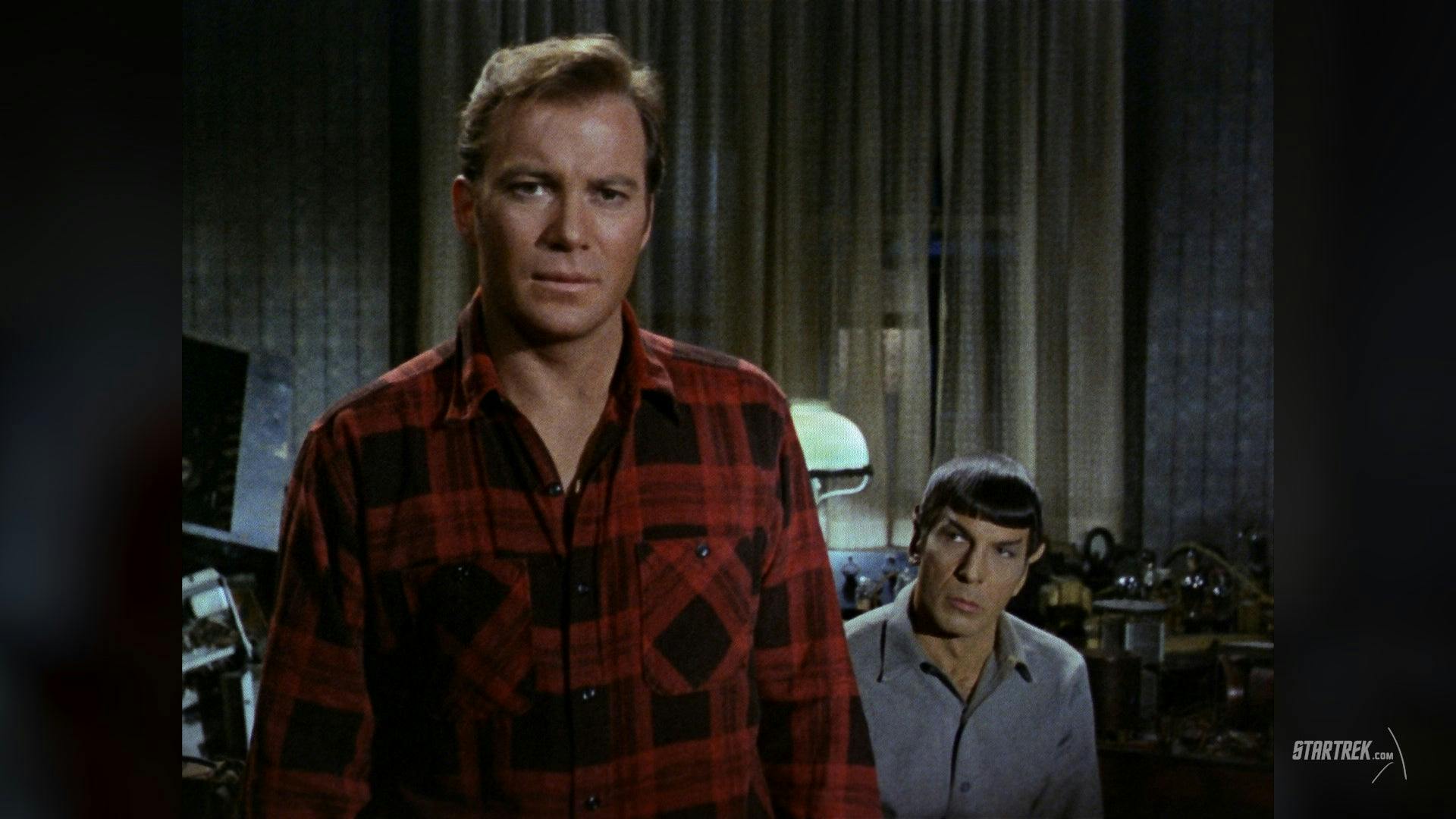
In conclusion, “The City on the Edge of Forever” remains one of the most poignant episodes in the Star Trek franchise, captivating audiences with its blend of science fiction and profound moral dilemmas. The story of Kirk and Spock navigating the complexities of time travel highlights the significance of sacrifice and the interconnectedness of human lives. Its exploration of love, loss, and the consequences of choices resonates beyond the sci-fi genre, urging viewers to reflect on their own values and responsibilities. This episode not only solidifies Star Trek’s legacy as a thought-provoking series but also cements its place in the hearts of fans.